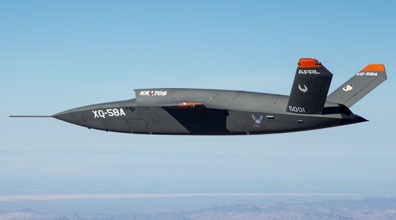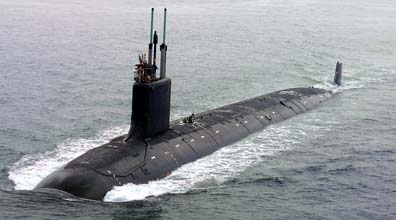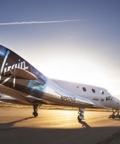How government’s and businesses’ interests diverged in space
At the end of January 2020 CEO of private space firm Bigelow Aerospace Robert Bigelow said that his company abandoned NASA’s competition for ISS docking port. Commercial space exploration has different interests than government’s agency. Budget money still needed but big companies will be capable to maintain the space bases independently.
NASA’s NextSTEP program proposes a docking port on the ISS for a commercial habitat module. Bigelow Aerospace was the most likely winner because the company already has own docking inflatable module on the ISS. But Robert Bigelow said that NASA had proposed too low financing for NextSTEP. Later it became known that the docking port was got by other private company - Axiom Space.
So, Bigelow Aerospace could join to commercialization of the ISS later. Now the company concentrates efforts on other projects.
Robert Bigelow made one crucial caveat: commercial users have more ambitious plans than governments. He raised concerns about the sustainability of NASA lunar program. According to Robert Bigelow it isn’t enough to put flag on the Moon’s surface like it was during Apollo’s era. Commercial users seek permanent habitat base on the Moon and worry about a reliable support those researches and industrial facilities.
Robert Bigelow is ready to take on this work if Elon Musk or Jeff Bezos want to create partnership for lunar base.
Through this process the government’s money is needed only for an initial phase of the space commercialization. After that commercial users will be capable of supply the self-sustained base.
Maybe it is surprise for some people but businesses have stuff to do in space. Even limited capabilities of the ISS are used widely. For eхample small commercial containers MixStix from Nanoracks LLC are used for fluid and biological research onboard ISS.
In such containers were performed zero gravity experiments that are impossible on the Earth or are needed too long time. There are a production of ultrapure substances and testing plasticizers for foods, etc. Usually experiments have been lasting dozens days on ISS and then were returned on Earth.
Private companies have already been or are developing at final stages almost whatever that is required to make revenue in deep space. There are heavy rockets, spaceships, lunar landing platforms, habitat modules and many others. Notice that spaceship SpaceX Dragon is capable to return 3000 kg loads from orbit to Earth; that is more than enough for expensive payloads like pharmaceutical agents.
According conservative estimates by IDA Science and Technology Policy Institut (“Market Analysis of a Privately Owned and Operated Space Station”, 2017) commercial ISS could produce from $455 million to $1,187 million in annual revenue. A manufacturing could be the largest segment with 35% of the revenue. The producing of special optical fibers will provide half revenue in this segment. A huge part of the commercialization will be supporting near Earth satellites.
One of the beneficiaries will be Maxar Technologies Ltd. (MAXR, NYSE) that has been developing and producing satellites, robotic manipulators for building and repairing in space.


















